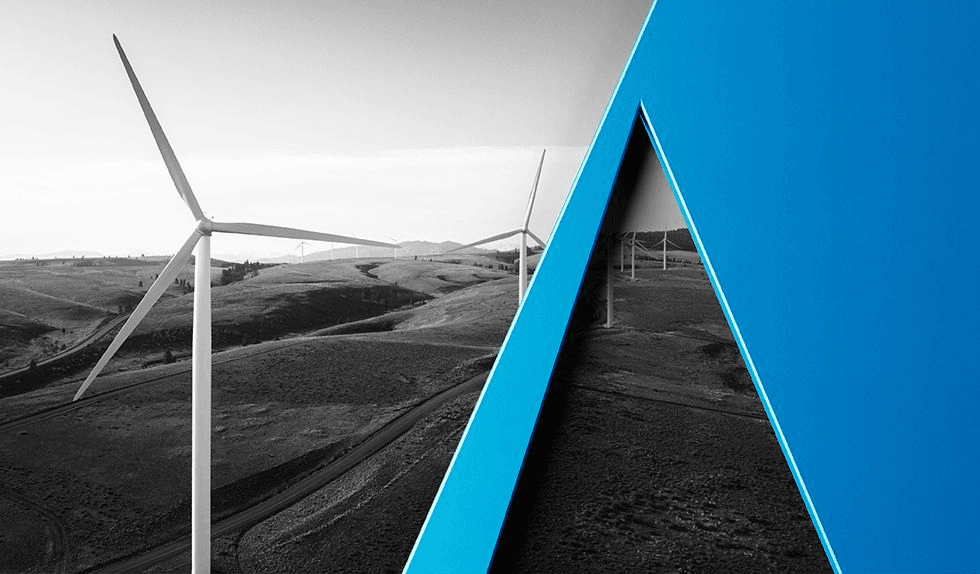Similarities
1. Environmental and Grid Reliability Conflicts
Notably, both bills contain sections designed to resolve environmental and grid reliability conflicts by amending Section 202(c) of the Federal Power Act. Under the proposed amendments, if an electric generator is forced to run during a natural disaster or other reliability event under an emergency order by the Department of Energy (DOE), that generator would not be subject to civil or criminal liability if its emergency operation is in violation of federal, state, or local environmental laws or regulations.
2. Enhanced Security and Reliability
Both bills devote large sections to the enhanced security of the grid. For example, measures are in place in both bills to protect critical infrastructure through the use of advanced computing models and enhanced information sharing among federal and state agencies. Specifically, the House bill seeks to (i) exempt designated Critical Electric Infrastructure Information from certain federal and state disclosure laws; (ii) require FERC to “facilitate voluntary information sharing between federal, state, local and tribal authorities,” as well as Electric Reliability Organizations and regional entities; and (iii) establish sanctions for the disclosure of such information.
Regarding the assurance of reliability, the Senate bill contains a requirement for regional entities to submit a “Bulk-power system reliability impact statement” within six months of enactment and every three years thereafter. The impact statement must describe that status of electric reliability “with respect to major federal rules that may significantly affect” the reliability of the grid. The second report is required by each Regional Transmission Organization (RTO) and addresses capacity resources available to the RTO; the “current and projected state of reliability”; and “whether and to what extent” the RTO’s market rules meet a series of criteria related to “wholesale electric prices,” the “diversity of generation” and the “availability of self-supply” of capacity resources. This report also must be submitted within six months of enactment.
3. Modernization of Grid Infrastructure
As part of the modernization of grid infrastructure, both bills encourage the exploration of alternative technologies. The House seeks to add language to the Public Utility Regulatory Policies Act of 1978 (the “Act”) to require utilities to develop integrated resources plans to use “resiliency-related technologies” and other approaches designed to improve the resilience of infrastructure and ensure reliability. These “resiliency-related technologies” are defined as distributed generation, microgrids, combined heat and power systems, and energy storage, among others. Under this section, the utility plans must be commenced no later than one year after the enactment of the bill, and state public utility commissions (PUCs) shall make a final decision on them within two years. Conveniently, the bill contains a provision stating that PUCs “shall consider” authorizing utilities to recover costs related to the “procurement, deployment, or use of resiliency-related technologies.” The provisions under this title do not apply to states that have already commenced proceedings relating to distributed energy resources and microgrids.
In a similar vein, the Senate bill seeks to establish programs exploring “grid storage,” and “hybrid micro-grid systems for isolated and resilient communities” and, much like the House’s requirement for integrated resource plans, establishes the submittal of reports by RTOs on “distributed energy resources and micro-grid systems.”
4. Energy Efficiency
Finally, both bills contain provisions addressing energy efficiency, such as retrofit programs for federal buildings and schools, verification programs for furnaces and heat pumps, and the greater use of energy efficiency data centers and cloud analytics. Specifically, the Act would amend the National Energy Conservation Policy Act to extend the maximum length of utility energy service contracts from 10 to 25 years. The Senate bill further would repeal the requirement to phase out fossil fuel use in federal buildings by 2030.
Differences
1. Expedited FERC Processing of Pipeline Certificates
The major differences between the bills are reflected in the most controversial provisions. Under Section 7 of the Natural Gas Act (NGA), FERC is tasked with reviewing applications for the construction and operation of natural gas pipelines. The House bill seeks to expedite this process by amending Section 15 of the NGA to establish a 90-day deadline for a final decision after FERC issues its final environmental assessment. In order to ensure this timeline, the bill provides for FERC to make recommendations on the scope of additional federal and state agency environmental reviews, and that these agencies shall “give deference” to FERC’s recommendation. Under this provision, FERC would continue to serve as the lead agency in terms of process coordination, but would be provided with greater authority in ensuring deadlines, although the bill does not propose penalties for failure to meet FERC’s timeline.
2. Expedited Processing of LNG Applications
The Senate bill also seeks to expedite a FERC-regulated process¾Liquefied Natural Gas (LNG) export applications to countries without Free Trade Agreements¾by requiring the DOE to issue a final decision no later than 45 days after FERC’s final action. Provisions are also in place for a similar expedited decision by the U.S. Court of Appeals for the D.C. Circuit (or the circuit in which the LNG export facility is located), who, under the bill, would retain exclusive jurisdiction over actions brought to the court seeking review of the DOE’s final order or failure of the DOE to issue a final order within the 45-day time frame. The DOE’s final decision must come within 30 days after the court’s decision. Finally, the Senate bill would amend Section 3 of the NGA to allow for the public disclosure of LNG export destinations.
3. Establishment of a New FERC Office
Title IV of the House bill includes a provision that would establish a new office within FERC called the Office of Compliance Assistance and Public Participation. The duties of this new office would include (i) making recommendations to FERC regarding the protection of consumers and market integrity, (ii) providing regulated entities with the opportunity to obtain timely guidance for compliance with FERC rules and orders, and (iii) providing Congress with periodic reports on FERC-jurisdictional issues and policy. The bill does not contain budget and staffing provisions regarding this new office.
Conclusion
The bills contain a number of provisions not addressed in this summary. A full explanation of each section of the House bill can be found in the Subcommittee on Energy and Power’s background memo. The Senate’s section-by-section analysis can be found here.



